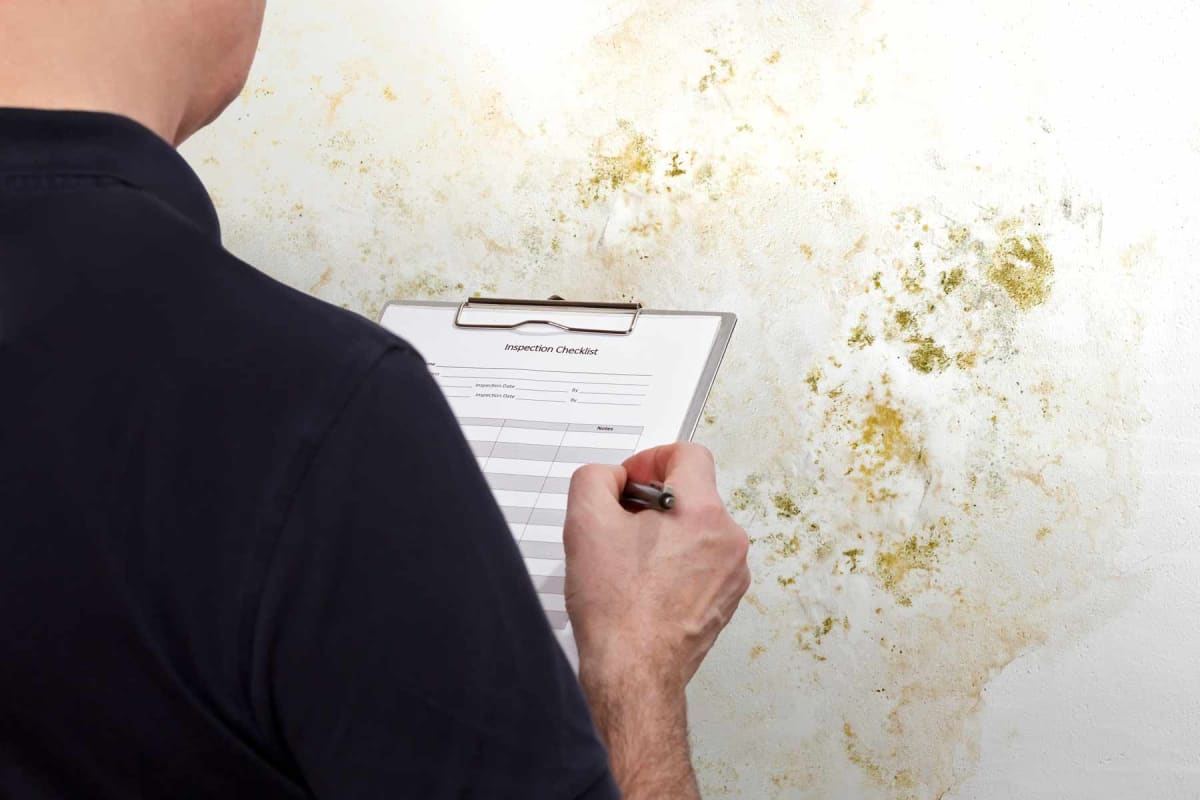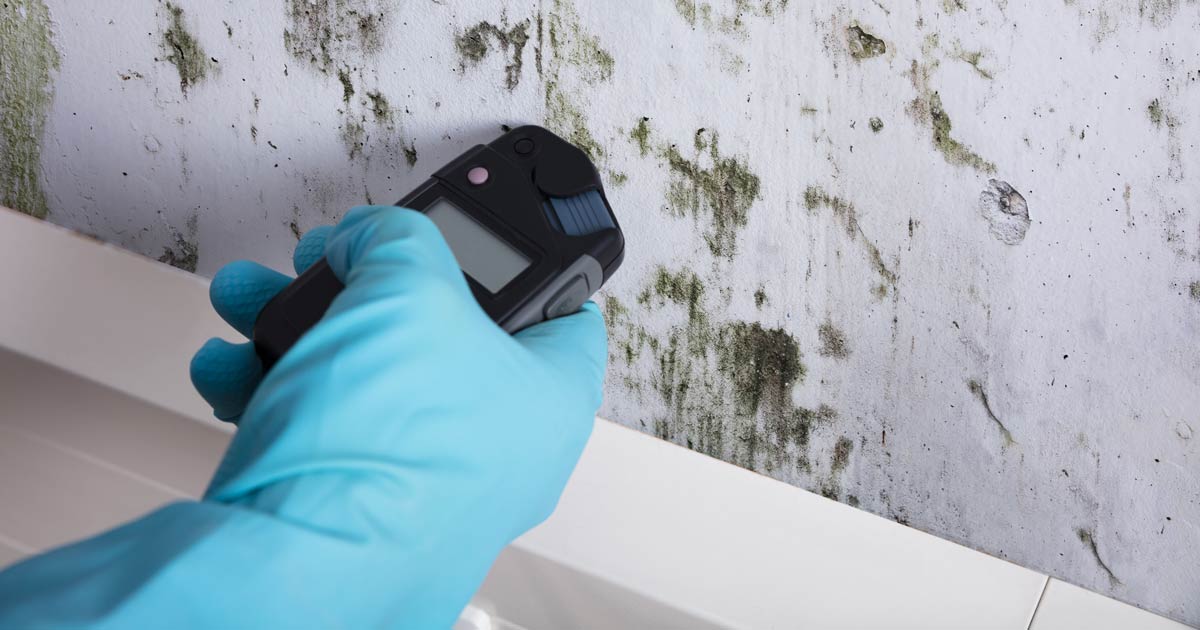Testing Air Quality After Mold Remediation
Testing Air Quality After Mold Remediation
Blog Article
Your Ultimate Guide to Blog Post Mold Remediation Methods
Browsing the world of post-mold remediation strategies is a meticulous procedure that demands focus to information and a comprehensive understanding of the complexities involved. In the aftermath of mold invasion, understanding just how to properly eradicate the mold and mildew and avoid its reoccurrence is extremely important for keeping a healthy and balanced indoor atmosphere. From choosing the ideal cleansing and sanitizing methods to carrying out methods for long-lasting mold and mildew avoidance, each action in the remediation trip plays a crucial function in making certain a successful end result. As we embark on this expedition of post-mold remediation strategies, we will reveal the key strategies and ideal practices that can assist you recover your area to its pre-mold problem and safeguard it versus future mold risks.
Comprehending Post-Mold Removal Refine
After finishing the mold and mildew removal process, it is critical to understand the post-mold remediation strategies that are required to guarantee a extensive and efficient cleaning. Once the mold and mildew has been eliminated, the following action entails cleaning and sanitizing the impacted locations to avoid any kind of regrowth of mold.
Moreover, carrying out a last assessment post-remediation is vital to guarantee that all mold has actually been effectively gotten rid of. This evaluation should include an extensive aesthetic check as well as potentially air tasting to confirm the absence of mold spores in the air. If the examination reveals any kind of lingering mold, extra removal may be needed. Lastly, informing occupants on preventive procedures such as controlling moisture levels and quickly addressing any water leakages can help maintain a mold-free atmosphere.
Efficient Cleaning and Disinfecting Methods

Preventing Future Mold And Mildew Growth

Value of Appropriate Air Flow
Correct air flow plays a critical duty in protecting against dampness build-up, a vital consider mold and mildew development within interior environments. Efficient air flow systems help get rid of excess moisture from the air, reducing the possibilities of mold and mildew spores locating the dampness they require to germinate and spread out. Without ample air flow, indoor spaces can end up being a breeding ground for mold, causing prospective health and wellness dangers and architectural damages.
By ensuring appropriate air circulation, ventilation systems can also aid in drying wet areas quicker after water damages or flooding incidents, additionally deterring mold and mildew growth. Post Remediation Inspection near me. Precede like bathrooms, kitchens, cellars, and attic rooms where moisture levels have a tendency to be greater, mounting and keeping effective ventilation systems is vital in stopping mold infestations

Monitoring and Maintenance Tips
Provided the essential function that correct air flow plays in protecting against mold and mildew development, it is important to develop reliable monitoring and maintenance tips to ensure the ongoing capability of air flow systems. Regular examinations of air flow systems should be conducted to look for any kind of indicators of obstructions, leaks, or breakdowns that might impede appropriate air flow. Tracking moisture levels within the home is also critical, as high humidity can add to mold development. Mounting a hygrometer can help track moisture degrees and alert home owners to any kind of spikes that may need focus. In addition, making certain that air filters are consistently cleaned up or changed is essential for keeping the efficiency of the ventilation system. Executing a timetable for regular maintenance jobs, such as air duct cleansing and cooling and heating system assessments, can assist stop issues prior to they rise. By staying aggressive and attentive to the condition of air flow systems, residential property proprietors can effectively minimize the danger of mold regrowth and preserve a healthy and balanced interior environment.
Final Thought
In final thought, post-mold removal methods are necessary for making sure a clean and safe setting. Comprehending the process, implementing effective cleansing and sanitizing techniques, avoiding future mold and mildew development, preserving appropriate ventilation, and routine tracking are all crucial action in the remediation procedure. By following these guidelines, you can efficiently get rid of mold and mildew and stop its return, working or advertising a healthy and balanced living area for all occupants.
In the aftermath of mold and mildew infestation, understanding exactly how to effectively get rid of company website the mold and stop its reoccurrence is extremely important for keeping a healthy interior environment. As soon as the mold has actually been eliminated, the following step entails cleansing and sanitizing the influenced areas to stop any type of regrowth of mold - Post Remediation Inspection near me. After eliminating visible mold and mildew development, it is critical to clean all surface areas in the damaged location to remove any staying mold spores. To even more enhance mold prevention steps, it is vital to resolve underlying problems that initially led to mold and mildew advancement.Given the vital duty that proper air flow plays in stopping mold development, it is vital to develop efficient monitoring and maintenance pointers to ensure the ongoing performance of ventilation systems
Report this page